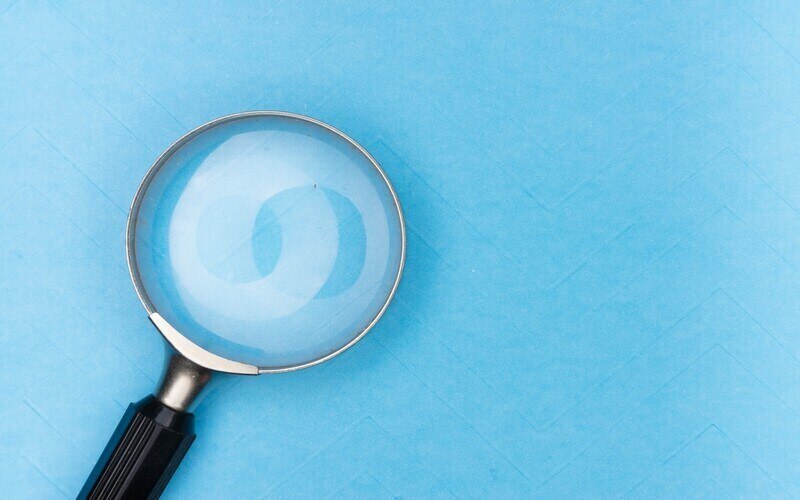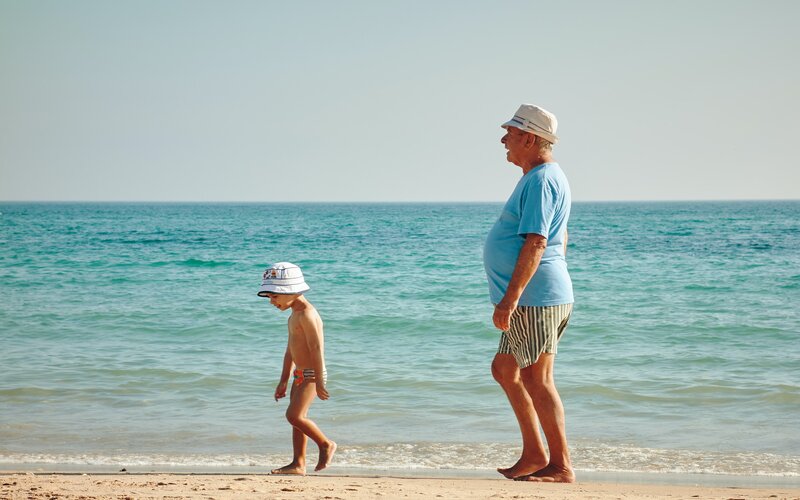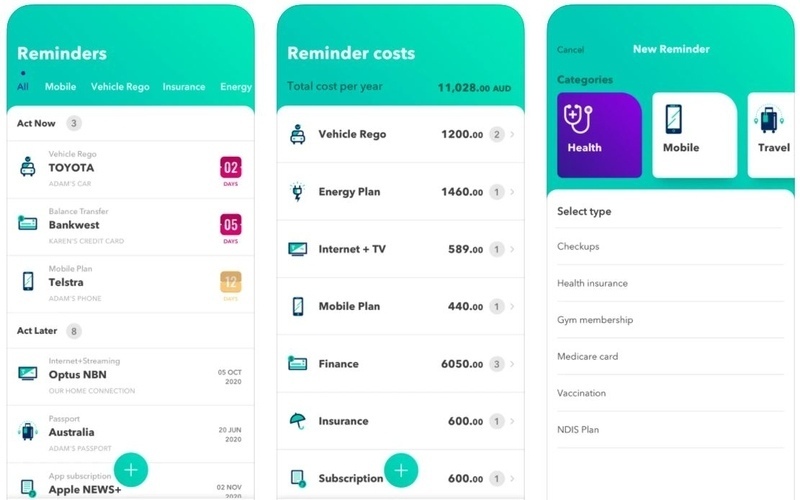The Federal Budget comes as Treasury research revealed women reduce their hours in paid work by around 35% across the first five years following the arrival of children.
On the other hand, men’s hours of paid work drop only during the first month of parenthood before returning to previous levels.
More generous paid parental leave scheme
At a cost of $531.6 million over four years, the increases to paid parental leave will see the scheme transition from a total 20 weeks' leave in July 2023 up to a total 26 weeks' leave by July 2026.
The government notes this change will include a ‘use it or lose it’ portion of leave reserved for each parent, encouraging both to access the scheme and to share caring responsibilities.
Treasurer Jim Chalmers said this Budget delivers the biggest expansion to paid parental leave since its creation.
“This Budget invests more than $530 million to progressively scale up the paid parental leave scheme, reaching six months' paid leave in 2026,” Mr Chalmers said.
“For two-parent families, a portion of this leave will be reserved for each parent – to encourage families to share caring responsibilities.”
Weeks of the payment will be available for parents to access concurrently, allowing them to take paid leave on the same days.
Further, the income tests to meet scheme eligibility will be boosted for parents, increasing for families to $350,000.
Those parents who do not meet the income requirements of the individual income test, can be assessed under the family income test.
Up to 90% of childcare costs subsidised for lower income households
The Government will invest $4.6 billion to boost child care subsidy rates, to make early childhood education and care more affordable for over 1.2 million Aussie families.
From July 2023, child care subsidy rates will lift from 85% to 90% for families earning less than $80,000.
The Government notes subsidy rates will then taper down one percentage point (1.0%) for every additional $5,000 earned, until the subsidy rate reaches 0% for families earning $530,000.
Families will continue to receive existing higher subsidy rates for their second and subsequent children aged five and under in care, up to 95%.
Minister for Early Childhood Education and Minister for Youth Dr Anne Aly said boosting access to early childhood education and care means more children can access the benefits of foundation years learning.
“Our cheaper childcare plan eases cost of living pressures, improves women’s economic security and ensures all Australian families can make the choices around workforce participation and early childhood education that work for them,” Dr Aly said.
Image by Kelli McClintock via Unsplash



 Harrison Astbury
Harrison Astbury
 Harry O'Sullivan
Harry O'Sullivan

 William Jolly
William Jolly
 Brooke Cooper
Brooke Cooper

